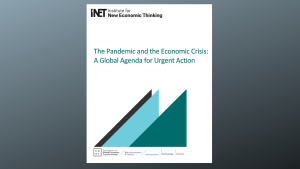The empirical analysis of public sector investments and the health value created by the drugs selected for Medicare price negotiations provides a cost basis for the assessment of the maximum fair price.
The Inflation Reduction Act (IRA) of 2022 contained landmark provisions authorizing government to negotiate a “maximum fair price” for selected Medicare Part D drugs considering the manufacturer’s research and development costs, federal support for discovery and development, the extent to which the drugs address unmet medical needs, and other factors. This working paper describes federal investment in the discovery and development of the ten drugs selected for price negotiation in the first year of the IRA as well as the health value created through Medicare Part D spending on these drugs. We identified $11.7 billion in NIH funding for basic or applied research leading to approval of these drugs with median investment costs of $895.4 million/drug. This early public investment provided a median cost savings to industry of $1,485 million/drug, comparable to reported levels of investment by industry. From 2017-2021, Medicare Part D spent $126.4 billion (median $10.7 billion) for these products before rebates. Excluding two products for diabetes, Medicare Part D spending was $97.4 billion and the total health value created was 650,940 QALYs or $67.7 billion (WTP/QALY=$104K) representing a negative residual health value of -$29.7 billion (before rebates). We argue that a negotiated fair price should provide returns on both private and public investments in these products commensurate with the scale and risk of these investments, with the principal return on public sector investments being the residual health value (net price) accruing to those using the product. These empirical data provide a cost basis for negotiating a fair price that rewards early government investments in innovation and provides social value for the public.







